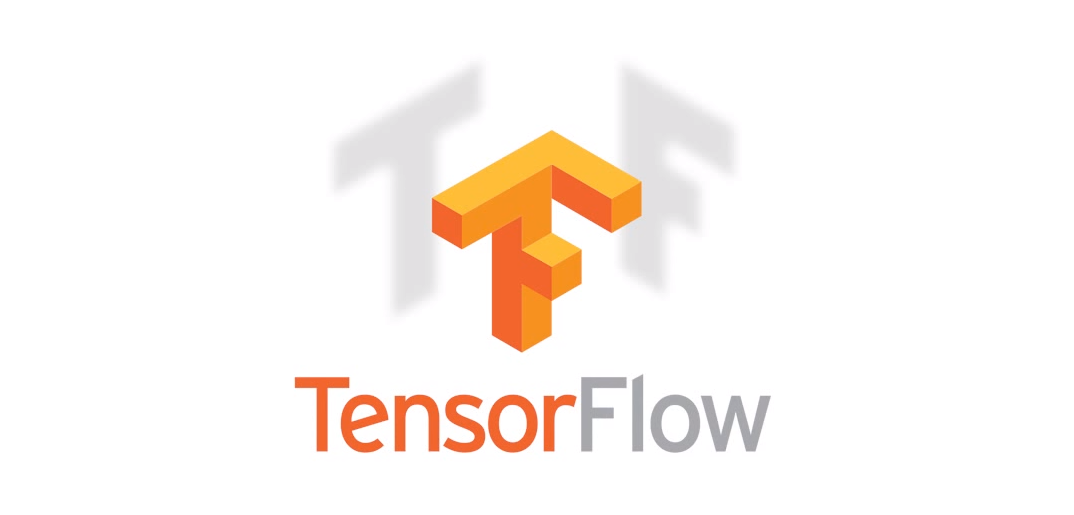TensorFlow now builds and runs on Microsoft Windows
2 min. read
Published on
Read our disclosure page to find out how can you help MSPoweruser sustain the editorial team Read more

TensorFlow is an open source software library for numerical computation using data flow graphs. The flexible architecture allows you to deploy computation to one or more CPUs or GPUs in a desktop, server, or mobile device with a single API. TensorFlow v0.12.0 RC0 was released yesterday and it comes with major improvements including the support for Windows.
TensorFlow now builds and runs on Microsoft Windows (tested on Windows 10, Windows 7, and Windows Server 2016). Supported languages include Python (via a pip package) and C++. CUDA 8.0 and cuDNN 5.1 are supported for GPU acceleration. Known limitations include: It is not currently possible to load a custom op library. The GCS and HDFS file systems are not currently supported. The following ops are not currently implemented: DepthwiseConv2dNative, DepthwiseConv2dNativeBackpropFilter, DepthwiseConv2dNativeBackpropInput, Dequantize, Digamma, Erf, Erfc, Igamma, Igammac, Lgamma, Polygamma, QuantizeAndDequantize, QuantizedAvgPool, QuantizedBatchNomWithGlobalNormalization, QuantizedBiasAdd, QuantizedConcat, QuantizedConv2D, QuantizedMatmul, QuantizedMaxPool, QuantizeDownAndShrinkRange, QuantizedRelu, QuantizedRelu6, QuantizedReshape, QuantizeV2, RequantizationRange, and Requantize.
TensorFlow was originally developed by researchers and engineers working on the Google Brain Team within Google’s Machine Intelligence research organization for the purposes of conducting machine learning and deep neural networks research, but the system is general enough to be applicable in a wide variety of other domains as well.
Find the full change log of this release here.








User forum
0 messages